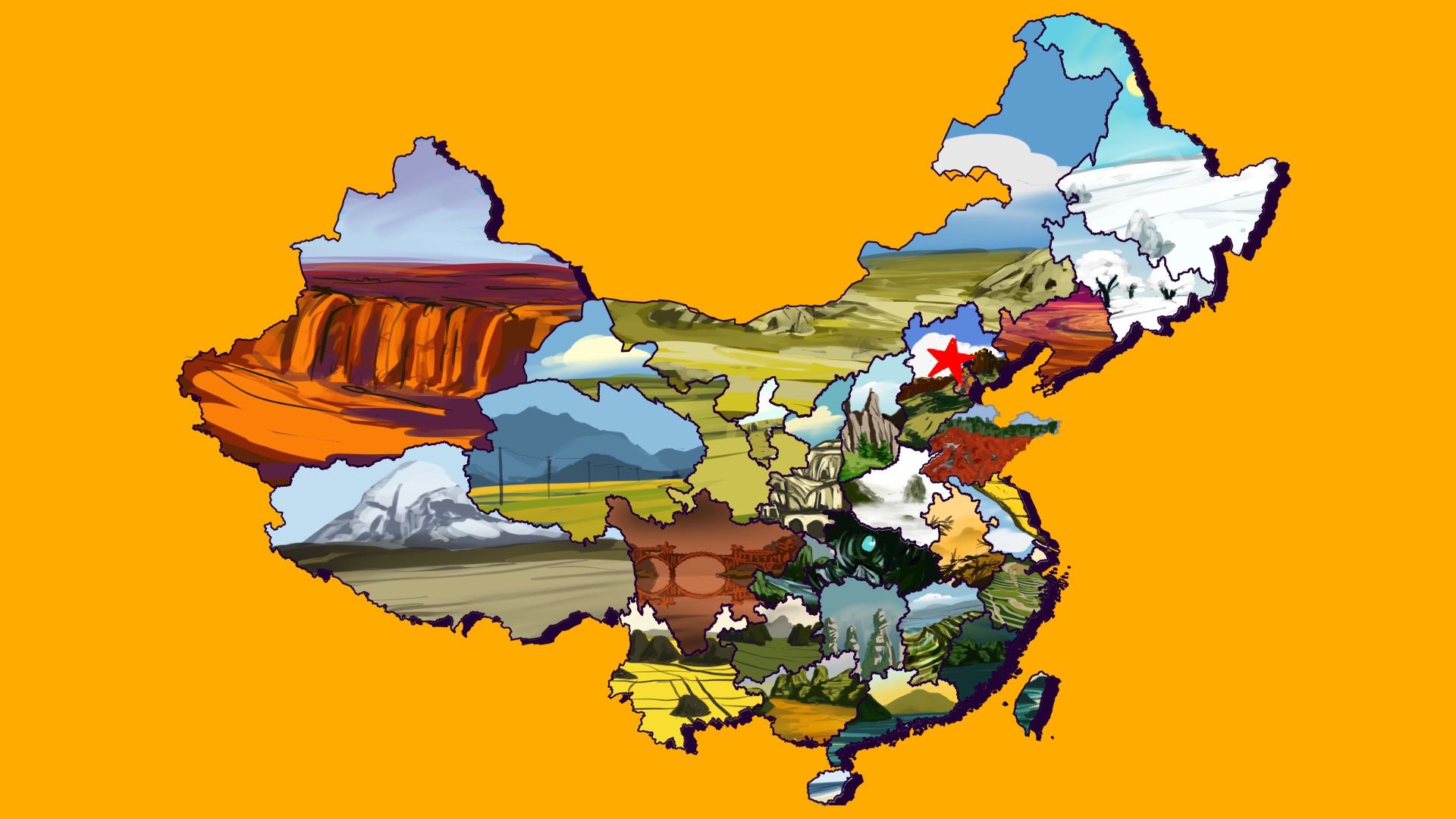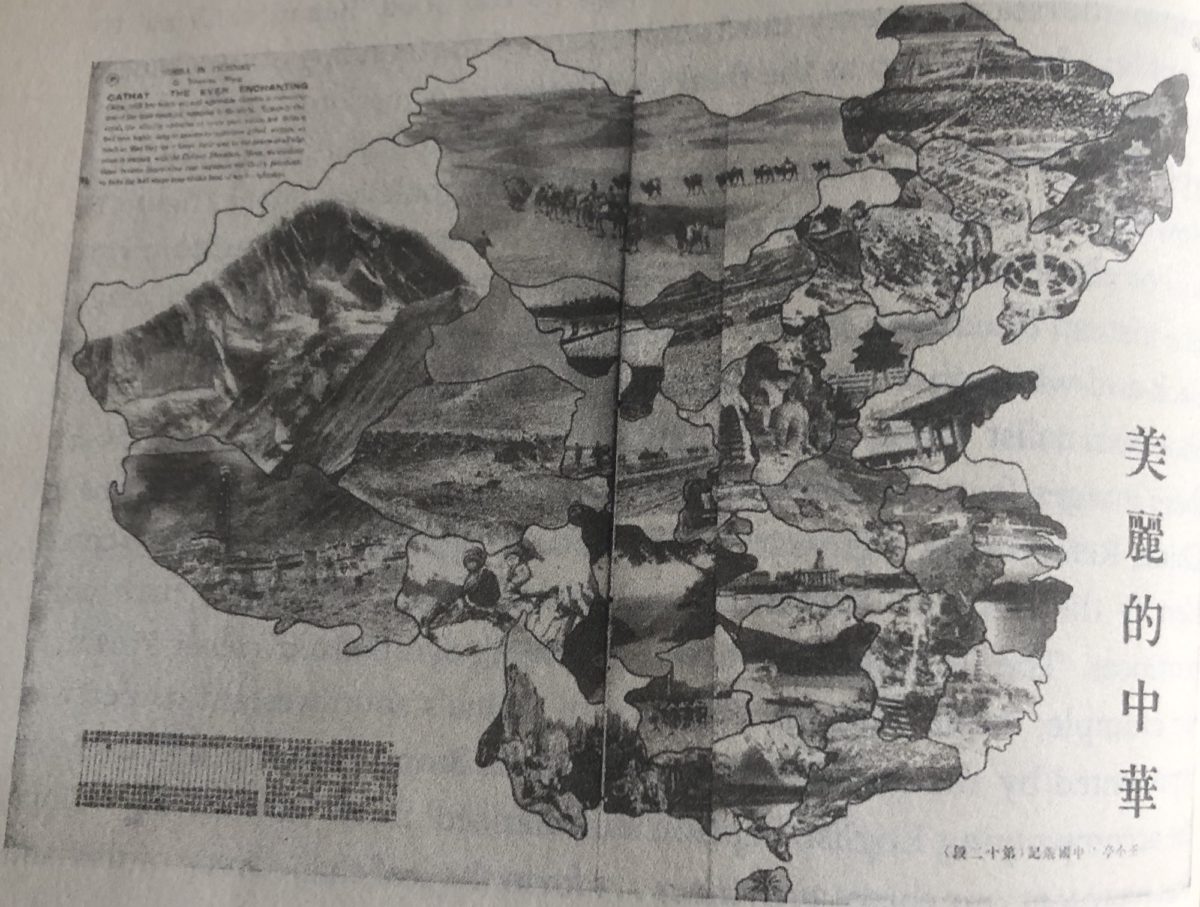The patriotic roots of China’s domestic tourism industry
In the early days of Republican China, the domestic tourism industry was mostly tailored to foreigners who wanted to escape from the cities. This changed in the 1920s, when China's nationalistic awakening provided an opportunity for local entrepreneurs to attend to the needs of Chinese tourists.

This Week in China’s History: August 12, 1923
Readers of Shenbao, Shanghai’s influential Chinese-language daily, could be forgiven for missing the announcement: “Shanghai Commercial and Savings Bank Announces a Travel Department.” The short article explained that the new division of the bank would sell rail and steamship tickets and offer consumers conveniences like ticket delivery and itinerary planning. Mundane, maybe. But as historian Yajun Mo put it in her book Touring China: “This short paragraph marked the beginning of China’s modern tourism business.”
The travel division would be better known by the name it acquired in 1927, when it split from the rest of the bank: China Travel Service. CTS was not just a travel agency — it became a key part of China’s modernization.
Tourism in China has, of course, a long history. The Ming traveler Xú Xiákè 徐霞客 (more on him, surely, another time) recorded his journeys throughout the empire and is celebrated as the originator of travel writing in China, but the infrastructure of tourism followed much later. Western tourist agencies like Thomas Cook opened branches in the major port cities in the decades following the Opium Wars, serving foreigners who arrived from abroad. A semi-colonial tourism infrastructure sprung up, from hotels (Shanghai’s late lamented Astor House being one of them) to beach resorts (Beidaihe) to mountain retreats (Moganshan) to cultural sites like the Great Wall or the Yangtze gorges. Railways and steamships connected the major treaty ports and colonial enclaves.
These travel services were priced beyond the means of most Chinese, and indeed they were often explicitly marketed as ways for expatriates to escape, as one missionary publication put it, “the repulsive sights and sounds and nauseating smells” of the cities. The mountain resort of Moganshan, an overnight train ride from Shanghai, was perhaps the best example of this, attracting the elites of colonial Shanghai society. Historian Mo describes a Chinese visitor to Moganshan in 1917 who looked on the resort as “an essentially foreign space where the only Chinese presence was sedan chair carriers and local woodcutters.” Chinese of means, many of whom made a comfortable living alongside foreigners in Chinese cities, found themselves excluded from the facilities and amenities open to Westerners.
This changed in the 1920s. The Chinese-owned Shanghai Hangzhou Railway purchased the Moganshan Hotel, and for the first time Chinese guests were welcomed to stay there. Other facilities in the resort were made open to the public, breaking down racial barriers. Tourism, it turned out, could be a powerful political force, and politicians leaned into remaking Moganshan as a Chinese place. In his award-winning book Blood Road (more on that in weeks to come), the late historian Keith Schoppa noted that “as Chinese nationalist fervor and resentment of foreign privileges increased, Moganshan came to be seen by Chinese political elites as a healthful retreat that should not be merely a foreign preserve.”
One person in this position was Chén Guāngfǔ 陈光甫. Born in 1880 and a graduate of the University of Pennsylvania’s Wharton School of Business, Chen was in the 1920s one of Shanghai’s most prominent bankers. His origin story, oft-repeated, was in two parts: the first was his experience at the 1904 World’s Fair, at a time when many in China were railing against American discrimination against Chinese. The second was in Hong Kong, where, traveling with his son, he was unable to book tickets at the Thomas Cook office because, he claimed, of his race. He resolved to open a travel service that would attend to the needs of Chinese tourists. Using the network of banks he had already established, China Travel Services — CTS — opened in the summer of 1923.
Chen’s motives went beyond the desire to combat racism. CTS was a patriotic venture on several fronts. For one thing, Chen wanted to protect China’s economic sovereignty: paying foreign companies and foreign governments to travel around one’s own country underscored China’s weakness. At the same time, encouraging Chinese citizens — and bear in mind that the notion of citizenship was just a decade old — to see the beauty and heritage of their country was a powerful patriotic gesture.
For historian Mo, the role of nationalism in the Chinese travel industry was perhaps best captured in a 1934 illustration published by the photographic magazine “The Cosmopolitan (Dazhong huabao).” The image “looks at first glance like a typical map of China,” Mo writes. However, “the map does not contain any of the standard cartographic symbols or place names. With only the provincial boundaries drawn on the map, the magazine instead filled each space with black and-white photographs [of] some of the most recognizable travel destinations in China.” The photo spread, published for the anniversary of the founding of the Republic, “rendered ‘the nation as a whole’ (quanguo) imaginable.”

Through the 1920s and 1930s, Chinese travelers fanned out across the republic along the CTS network, and via competitors as well. Package tours headed to still-familiar destinations: the Great Wall, the Silk Road, Yungang Grottoes, West Lake, Huangshan, Qufu. Yangshuo was a destination long before its backpacker “discovery” in the 1980s. The reach of Chinese tourism expanded quickly as dropping prices made leisure travel more accessible.
With the Japanese invasion of 1937, travel networks and agencies in China were repurposed to facilitate the movement of people and goods to the wartime capital of “free China” in Chongqing, and during the war the brochures and catalogs for travel served largely to satisfy the longing of relocated coastal residents for home. CTS reopened after the Japanese surrender with grand plans, but the renewal of the civil war followed by the Communist victory scuttled most of those ambitions. By 1954, CTS had closed down on the mainland, leaving only a branch in Hong Kong, which was rebranded as China Travel Services (HK). Around that same time, CTS (HK) came under the control of Beijing’s Overseas Chinese Affairs, leading to its special status for a time as the best place to get quick visas to the mainland — an almost mythical site for travelers in the 1980s and 1990s.
As for domestic tourism in China, for decades under the PRC, the concept of leisure travel was derided as bourgeois. There were almost no domestic tourists in China until the mid-1980s. Starting in the mid-1990s, government policies promoting tourism greatly accelerated the industry’s growth, until by 2010 domestic tourism comprised more than 80% of all tourism revenue and 94% of individual travelers in China, according to research by David Harrison.
Like everything else, COVID-19 has upended tourism in China. Long quarantines, arbitrary requirements, and regular lockdowns have made moving around the country difficult. While the recent news of shorter quarantine requirements for overseas travelers is welcome news, for many readers — and this author! — the history of tourism in China may be the best we can expect for some time.
This Week in China’s History is a weekly column. Special thanks to Florence Duchet and Yajun Mo for help with this week’s column.





